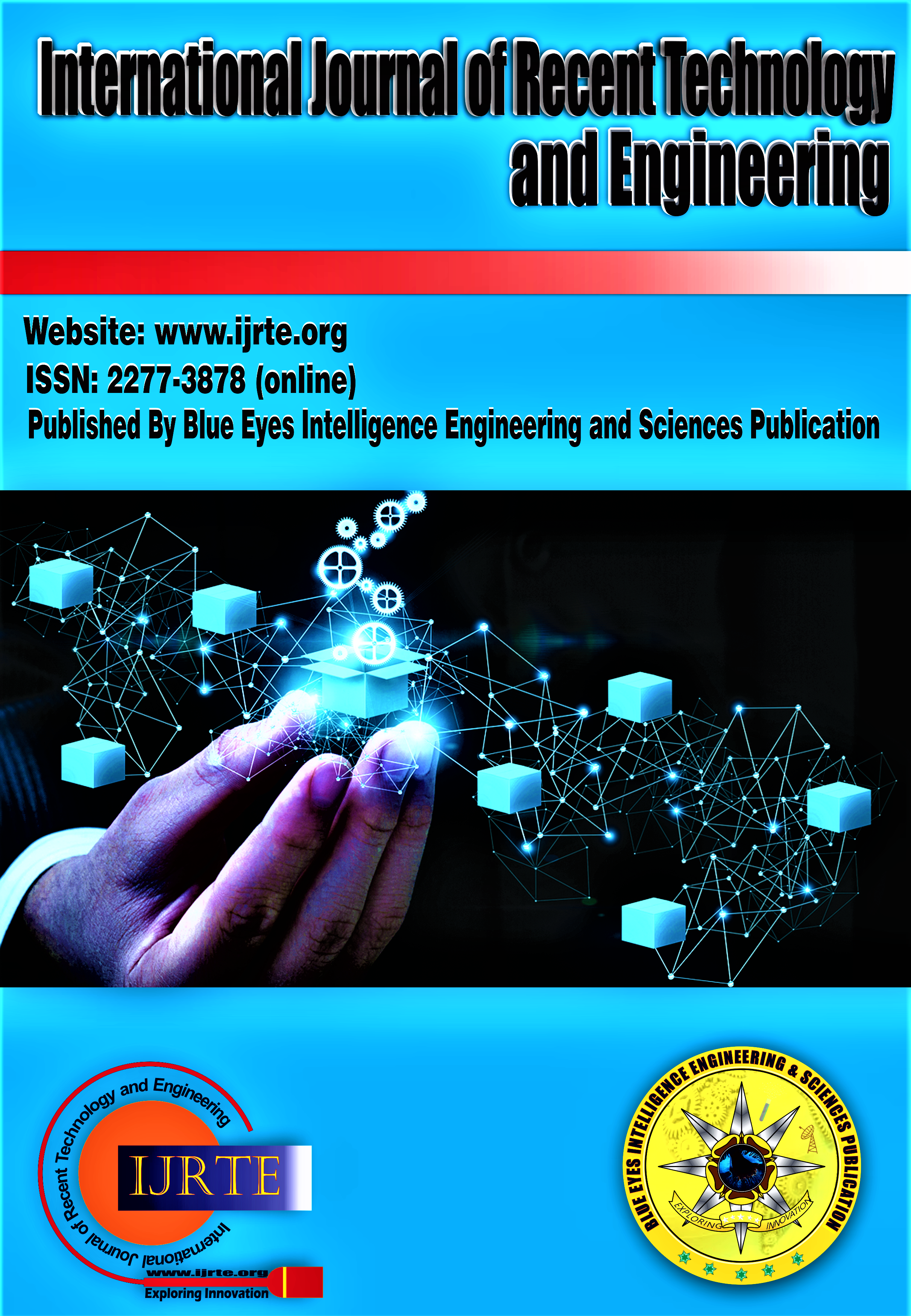Significance and Impact of Artificial Intelligence and Immersive Technologies in the field of Education
Main Article Content
Abstract
Teachers are active ingredients of educational system. Pandemic made us aware of online learning. Teachers improvising the learners to add values to educational behavior and attitude. Education never ages, the importance of its lifelong learning everywhere at every time. Artificial intelligence (AI) is a broad context, helps to develop educational strategies for present day scenario. It allows educators to benchmark and develop critical analysis to redesign educational policies for the implementation of innovative learning and teaching strategies in educational institutions. AI helps in educational transformation and accelerating basic educational skills by introducing software robots implemented in classrooms and other devices to make reminders for essential educational activities and assignments. In European countries they are utilizing teaching assistants as robots paired with Augmented Reality (AR) and Virtual Reality (VR) system and now they are providing MR (Mixed reality) altogether called Immersive Technologies promotes lifelong learning capabilities which makes learners engaged in creation, active learning collaboration, problem solving and makes learning as a real life experience in all educational perspectives.
Downloads
Article Details
Section

This work is licensed under a Creative Commons Attribution-NonCommercial-NoDerivatives 4.0 International License.
How to Cite
References
Azuma, R., Baillot, Y., Behringer, R., & Feiner, S., Computer Graphics and Applications. IEEE, Recent advances in augmented reality,(2001).
Gattiker, F. H. Gebara, H. P. Hofstee, J. D. Hayes, and A. Hylick, Big data text-oriented benchmark creation for Hadoop, IBM Journal of Research & Development, (2013).
Hughes, C. E., Stapleton, C. B., Hughes, D. E., & Smith, E. M. Mixed reality in education, entertainment, and training. IEEE computer graphics and applications, (2005).
Jagadeesh Kengam, Artificial intelligence in education, Research gate, (2020).
Knierim, P., Kosch, T., Hoppe, M. & Schmidt, A., Challenges and Opportunities of Mixed Reality Systems in Education. In: Dachselt, R. & Weber, G. (Hrsg.), Mensch and Computer, Workshopband, (2018).
Liangfu Jiang, Virtual Reality Action Interactive Teaching Artificial Intelligence Education System, Hindawi, Complexity, (2021).
Mariana-Daniela Gonzalez-Zamar and Emilio Abad-Segura, Implications of Virtual Reality in Arts Education: Research Analysis in the Context of Higher Education, Education sciences, (2020).
Mehmet Kesim and Yasin Ozarslan, Augmented Reality in Education: Current Technologies and the Potential for Education, Procedia - Social and Behavioral Sciences,(2012).
Sayed Fayaz Ahmad , Mohd. Khairil Rahmat, Muhammad Shujaat Mubarik, Muhammad Mansoor Alam and Syed Irfan Hyder, (2021), Artificial Intelligence and Its Role in Education, Sustainability, MDPI, (2012).
Steven M. LaValle, Virtual Reality, Cambridge University press, pp.7 -10, (2019).
Sunil Kumar Srivastava, Artificial intelligence: way forward for India, Journal of Information Systems and Technology Management – Jistem USP, (2018).
Santos, M. E. C., Chen, A., Taketomi, T., Yamamoto, G., Miyazaki, J., & Kato, H. Augmented reality learning experiences: Survey of prototype design and evaluation. IEEE Transactions on Learning Technologies, (2014).
Viraktamath, S. V, Sajjanar, T. P, Angadi A. A., Nabhapur S. S. and Sunanda G., The Impact of Mixed Reality in Education System-the Classroom Environment, International Conference on Circuits, Controls and Communications (CCUBE), 2021.





